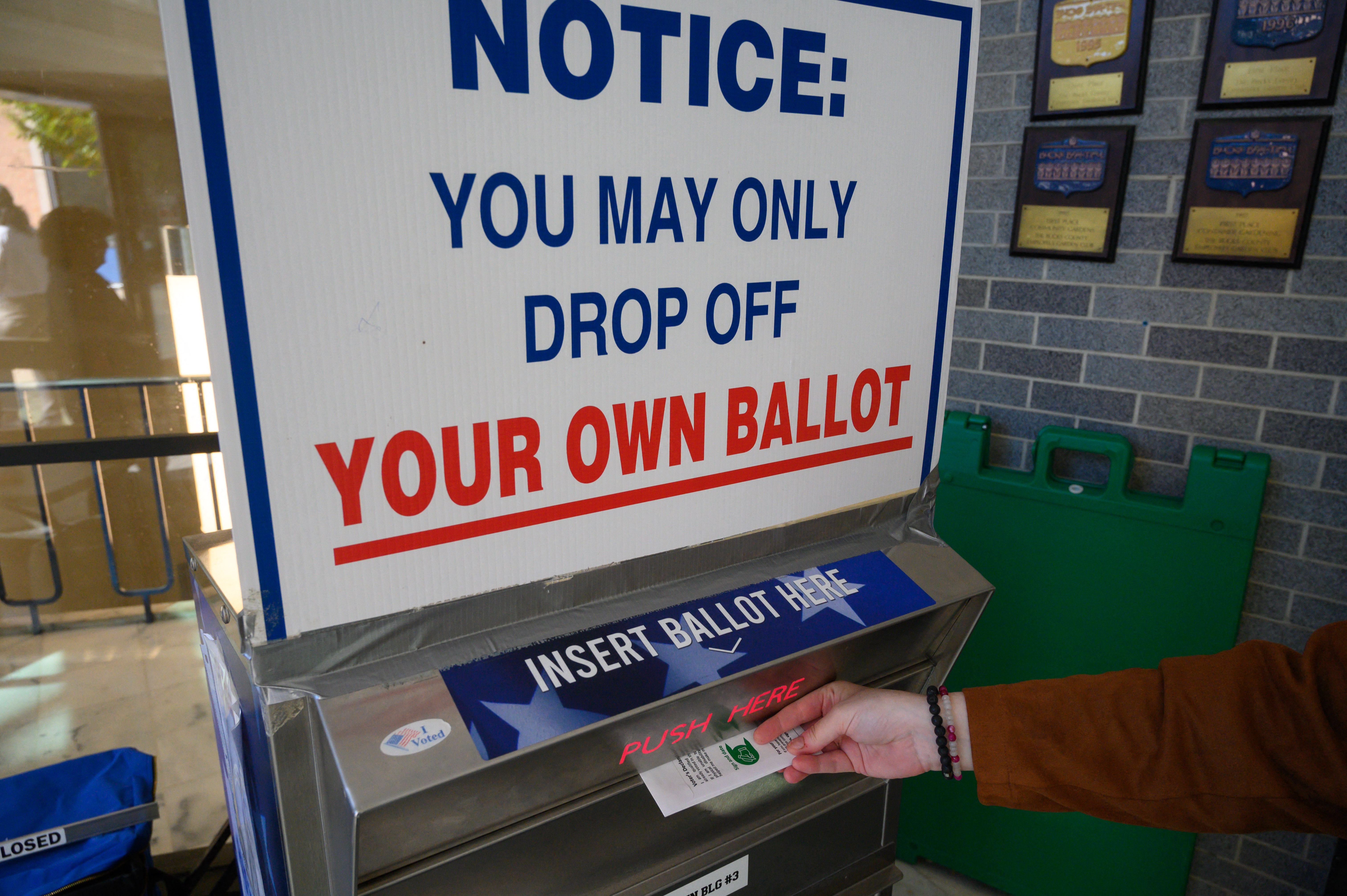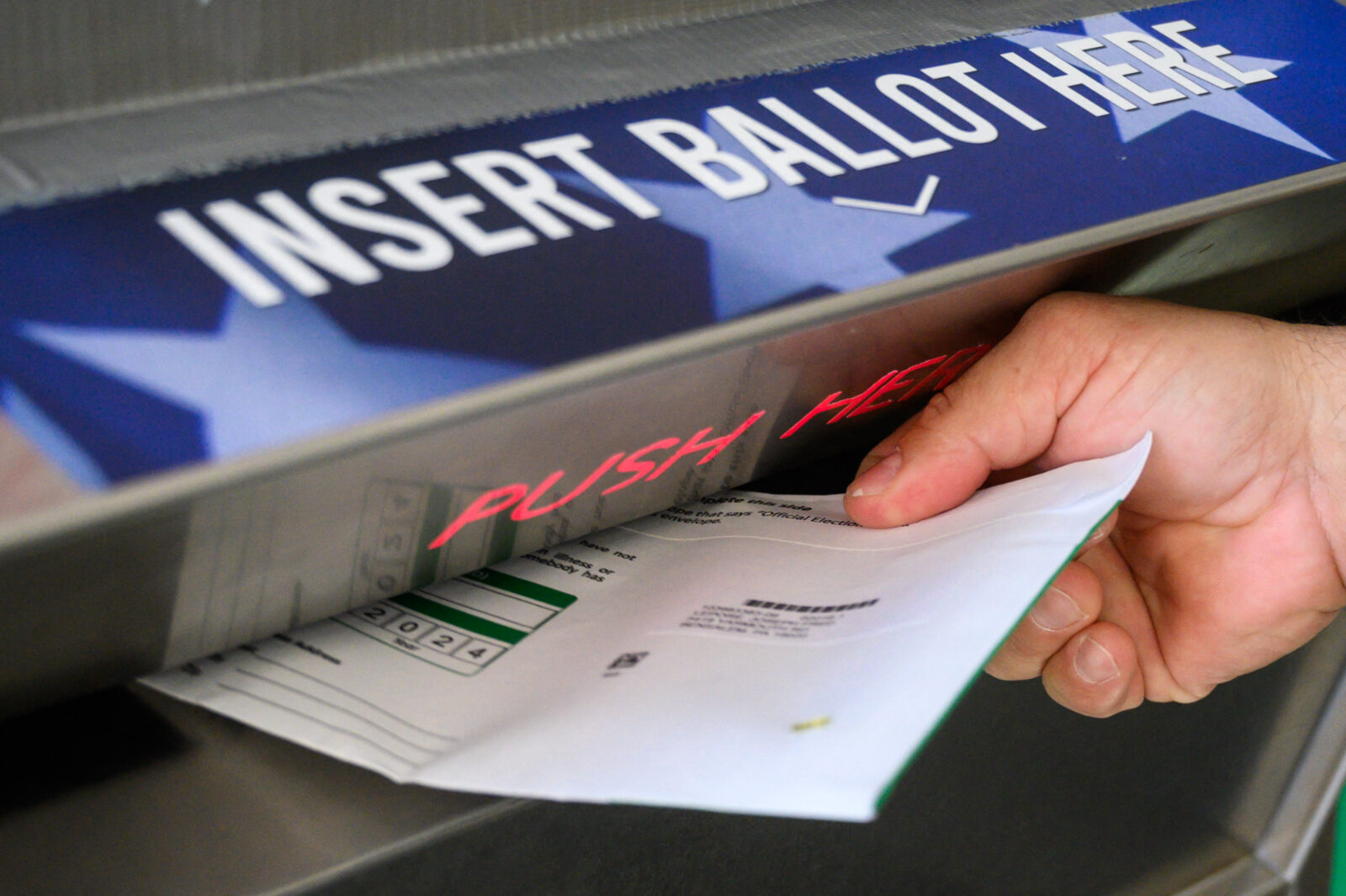
As the 2024 U.S. presidential election approaches, swing states are again poised to play a pivotal role in determining the outcome. These battlegrounds, characterized by their unpredictable voting patterns, hold significant sway in the Electoral College, where a candidate needs 270 electoral votes to win. Understanding the crucial issues at stake in these states will be essential for both candidates and voters.
Swing states possess a unique electoral power, as they do not consistently align with one party, making their electoral votes critical in a closely contested election. The winner-takes-all system in most states means that a small margin of victory can translate into a substantial gain in electoral votes, amplifying the importance of each ballot cast.

Candidates have already begun targeting these battlegrounds, deploying resources strategically to engage undecided voters. High-stakes campaigning is reflected in the intense focus on states like Pennsylvania and Wisconsin, where previous elections have been decided by narrow margins.
A range of critical issues is taking center stage in swing states, influencing voter sentiment and decision-making.
Heading into the 2024 election cycle, several states are identified as key battlegrounds, including Arizona, Georgia, Michigan, Nevada, North Carolina, Pennsylvania, and Wisconsin. These states have shown fluctuating political leanings, with their recent voting patterns reflecting broader national trends and the evolving demographics of their populations.
For instance, Arizona's growing Hispanic population makes outreach to Latino voters crucial, while Georgia grapples with legislation affecting voting access. In Michigan, economic recovery in the manufacturing sector remains a top concern, with healthcare access following closely behind.
The competitive nature of these swing states often leads to heightened voter engagement. As both parties ramp up efforts to mobilize voters, the potential for shifts in voter sentiment remains significant. Understanding local issues, demographic changes, and voter priorities will be essential for candidates looking to secure electoral victories in these crucial regions.